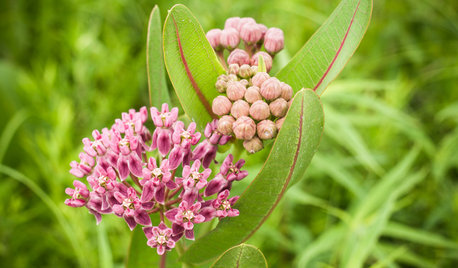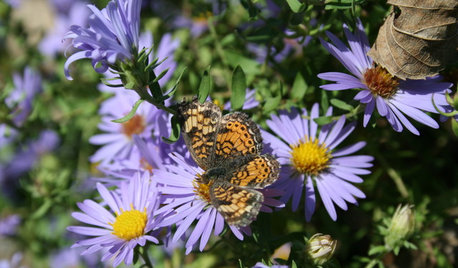Can clones reproduce sexually?
hoe_hoe_hoe
19 years ago
Related Stories

GARDENING GUIDESGreat Design Plant: Asclepias Sullivantii
Celebrate the pollinator community that flocks to this rare prairie native’s nectar and leaves
Full Story
GARDENING GUIDESWe Bust 4 More Native Plant Myths
Have you been taken in by these fallacies about gardening with native plants?
Full Story

GARDENING GUIDESHow to Keep Your Citrus Trees Well Fed and Healthy
Ripe for some citrus fertilizer know-how? This mini guide will help your lemon, orange and grapefruit trees flourish
Full Story
GARDENING AND LANDSCAPINGChoosing a Deck: Plastic or Wood?
Get the pros and cons of wood, plastic, composite and more decking materials, plus a basic price comparison
Full Story
HOUSEPLANTSHow to Grow Orchids Indoors
Orchids are the exotic aristocrats of the flower world and can make themselves comfortable in almost any home
Full Story






TonyfromOz
kdjoergensen
Related Professionals
Londonderry Landscape Architects & Landscape Designers · Danbury Landscape Architects & Landscape Designers · Windham Landscape Architects & Landscape Designers · Ballwin Landscape Architects & Landscape Designers · North New Hyde Park Landscape Architects & Landscape Designers · Medford Landscape Contractors · Wakefield Landscape Contractors · Fuquay-Varina Landscape Contractors · Wheat Ridge Landscape Contractors · Fort Worth Fence Contractors · Galveston Fence Contractors · Homestead Fence Contractors · Salida Fence Contractors · Windsor Fence Contractors · Saratoga Springs Fence ContractorsRosa
hoe_hoe_hoeOriginal Author
Rosa
Ron_B
hoe_hoe_hoeOriginal Author
hoe_hoe_hoeOriginal Author
Rosa
hoe_hoe_hoeOriginal Author
Rosa
Rosa
Rosa
hoe_hoe_hoeOriginal Author
Rosa